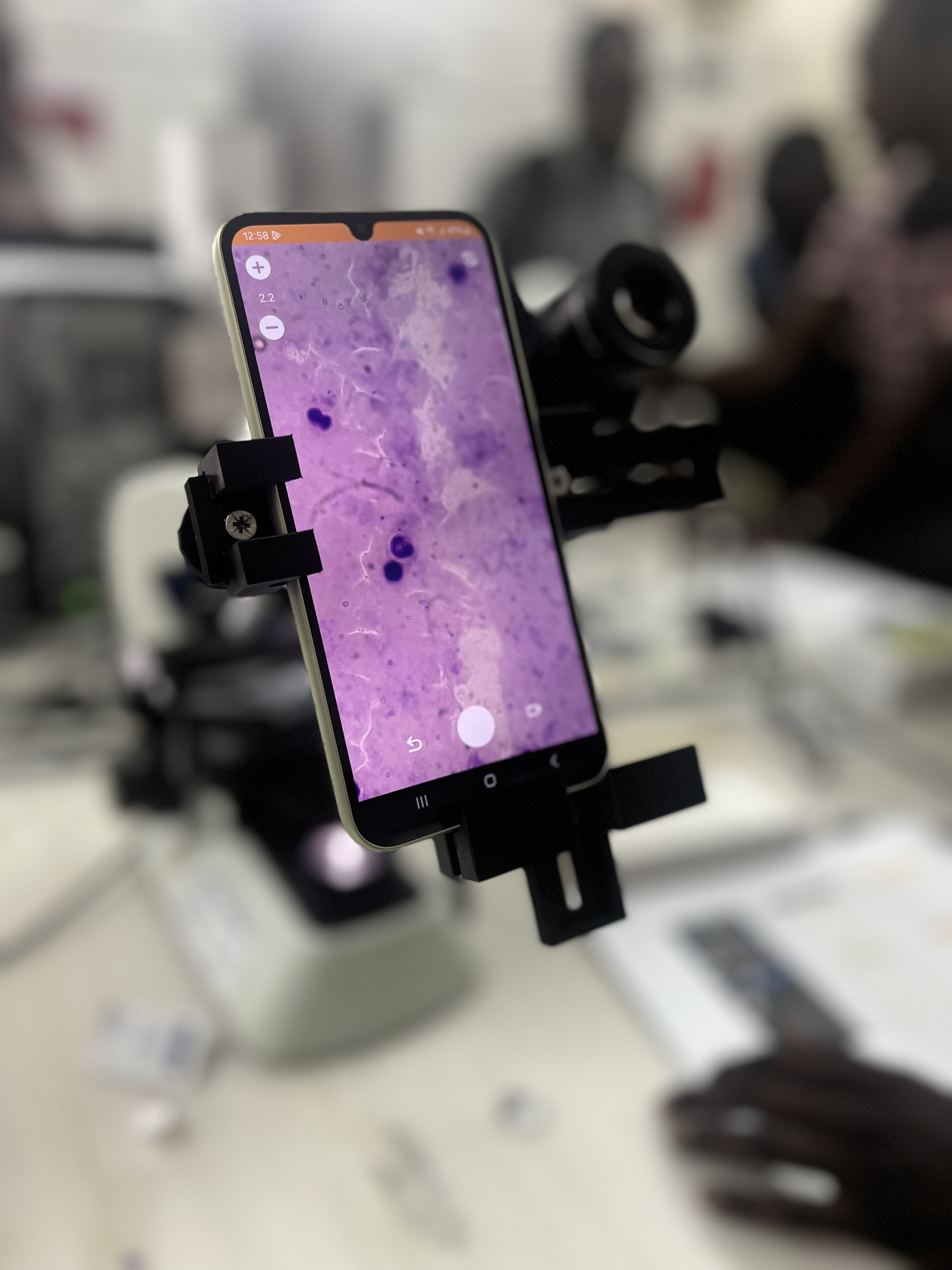Our Story

Our Story
According to the World Health Organisation, the gold standard for disease diagnosis is 20 slides per day. The microscopists load becomes even heavier since they manually count the parasites on a slide which is both extremely time consuming and strenuous on the eyes. The time taken to dispatch results is usually 30 mins per patient, and because in Uganda, the ratio of Laboratory technicians to patients is 1:16,000, only a handful of people can quickly receive their diagnosis. As far back as 2010, malaria was a tropical disease that infected many ugandans, however the research made was from America, India and so there was no contextualised information that was representative of the situation at hand. Secondly was more particularly in rural areas where disease diagnosis was based on symptoms because of the lack of trained microscopists in those areas.
Without proper tests, doctors often have to guess based on symptoms. This can lead to inaccurate diagnoses, more people dying, bugs becoming resistant to drugs, and unnecessary spending on the wrong medication.
Although microscopes are common in Uganda and other developing countries, a shortage of lab technicians to operate them means that access to quality diagnostic services is still limited–especially among populations that have endemic diseases like malaria and cancer. This leads to lack of diagnosis of disease, which in turn causes life-threatening conditions to be incorrectly treated and drug resistance.The Ocular team has developed an adapter piece that attaches to any type of phone and to any type of microscope to use an AI tool that processes images from low-cost smartphones and accelerates disease diagnosis.
The benefit of Ocular’s approach is that it cuts down on technological costs and can increase the throughput of diagnosis by up to 60%, while reducing the time it takes to diagnose a patient by 25%.
